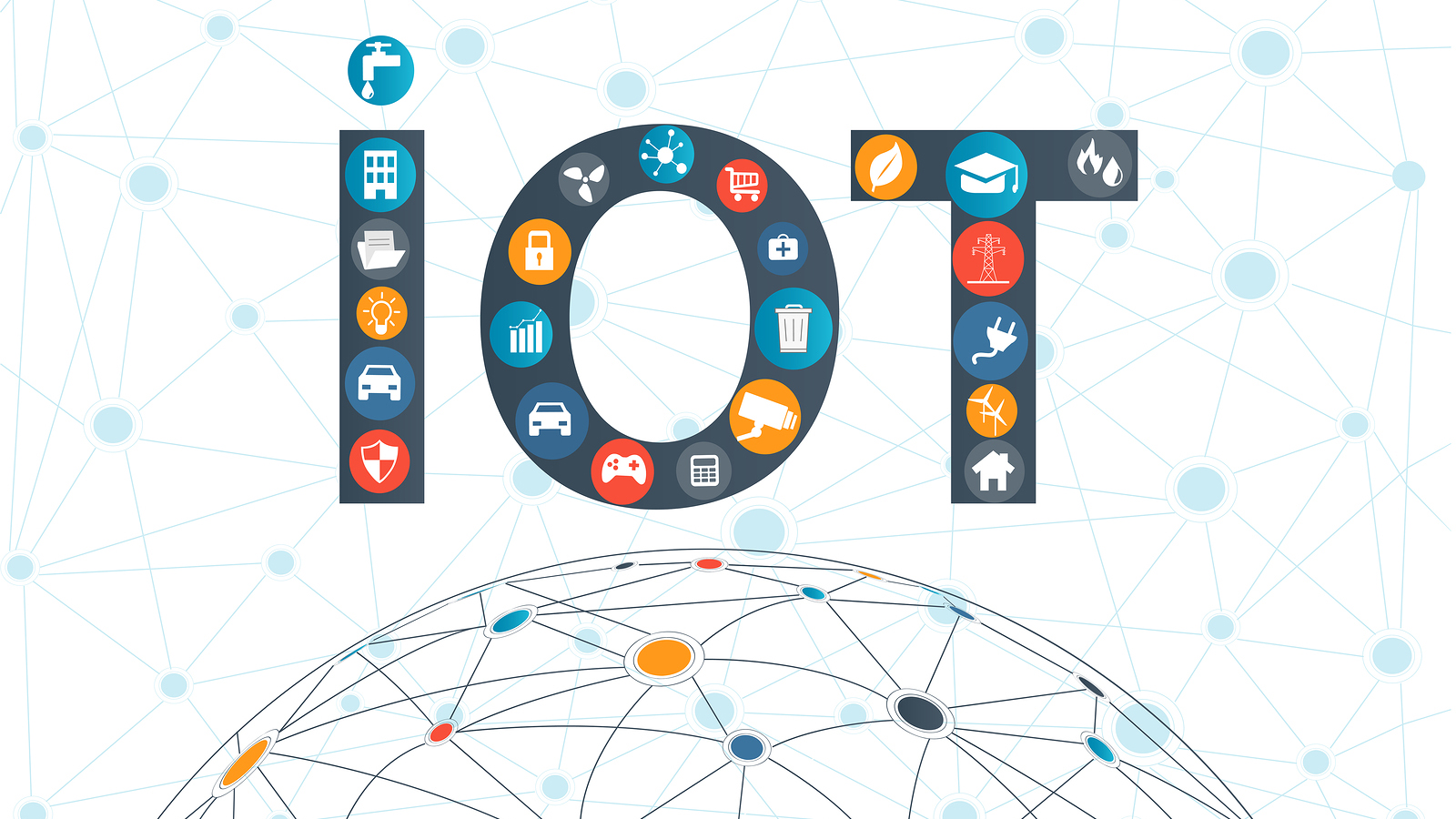For some very good reasons, many industries are interested in finding their place in the IoT market. App developers are facing a surge of demand as a result of the growing number of devices connected to the Internet. The importance of being able to operate several aspects of our living from a single point is on the rise. Smartphones carry the potential to become the force of control in this increased application of the IoT technology.
BUT is there a better way to put every point of connection together than via a mobile app?
As an added benefit, mobile apps are scalable: They offer an abundance of viable startup ideas, as well as opportunities for large businesses to find new ways for creating revenues and acquiring customers.
App developers need to show a knack for extracting value from the amplified wireless connectivity and the increased capacity for data storage. This step leads the mobile app development into a totally new era. We are looking at transformed products that impact not only our daily lives, but also change the fabric of society as we know it. It’s all about sensors and actuators taking over houses, manufacturing and transportation. Cars, railways, planes, walls, floors and ceilings, planes, pipelines and supply chain elements are getting connected to the large IoT network.
IoT is also turning into a circulatory system for homes. In a few years time, we can expect to see IoT mobile apps dramatically enhance the way we share information via such networks. With the amount of data at stake, it’s critical for mobile app developers to work their way around an integrated development concept, including AI, IoT and Big Data.
Creating Steadfast Feedback Loops
The software we use daily is constantly updating. We expect more from the products we use. To meet our needs, we relentlessly require improvements. This has changed the process of how products, including mobile apps, are designed. Any app developer can tell you that a finished product is a myth – it’s a more of a decision to call it such, further improving it as it hits the market.
We expect devices to not only respond, but anticipate. Smart cars already use this technology to learn from the network. When a product is constantly connected, it becomes a knowledgeable teacher. When the artificial intelligence is added to the mix, the feedback loop grows in volume and speed.
The IoT for operational efficiency in manufacturing is just a precursor of the things to come. Can you imagine the impact of machine learning if machines are trained to find, see and explore the root cause of defects in a production line? Production is an open field for app development. Large production lines can be separated into segments and remotely controlled from a singular dashboard. It’s not impossible to imagine running a business from a smartphone, sitting in the park.
Advantageous Mobile Apps in the Service Industry
IoT is very similar to the Internet. Grasping the concept of the Internet of Things asks from people to think how to bridge the gap between the digital and the physical reality. IoT widens the service sphere. In this way, it’s not only the big companies or the general public that can benefit from smart devices. Since smartphones are the most common smart devices, the constant exchange of massive data between them and people generates a powerful platform for using mobile app development in the area of services. The primary use of this information grid is for the betterment of current services. On a different note, it enables new service models and inventive revenue streams for mobile apps.
How can a business find its place to provide a service in the IoT?
It’s not difficult to picture it in connection to the growth of software tools and products. Data analytics and the vulnerable security will need new software solutions. In fact, app developers should invest in finding solutions to critical issues arising in the nodes of the network. It’s not always necessary to think of the big picture. Best IoT apps will find their rightful place in this new infrastructure by spotting customer needs that haven’t yet been met by an existing product. While large manufacturers should concern with the broader vision of IoT, smaller startups can fill in the gaps with apps that support standards that have been missed or rules that have been skipped.
Cross-industry and Cross-device Possibilities
Cross-industry app development is a more complex area. Responding to the challenges is an exciting play for mobile apps supporting smart vehicles and buildings, including home automation. Smart appliances and mobile apps are rewarding areas for business growth and for taking over some of the duties we have to do when we come to work or arrive at home.
We might not yet be aware of the pace the change is taking. Apps are not only about smartphones. They are also about tablets and wearables. Maybe it won’t be comfortable to keep the phone at hand at all times, but a smartwatch can take over some of the functions. It’s up to the app developers to think of how to make good use of the multiple technologies – Bluetooth, NFC and Wi-Fi to make all this work. By default, the mix of technologies makes mobile devices gain unprecedented advantage over others. Access control systems with smartphones are already available via mobile apps for some hotels. It’s not difficult to imagine this work its magic for offices.
Mastering IoT apps requires taking the focus out of the bigger picture and concentrating on smaller viable solutions to speed up the imminent shift.


